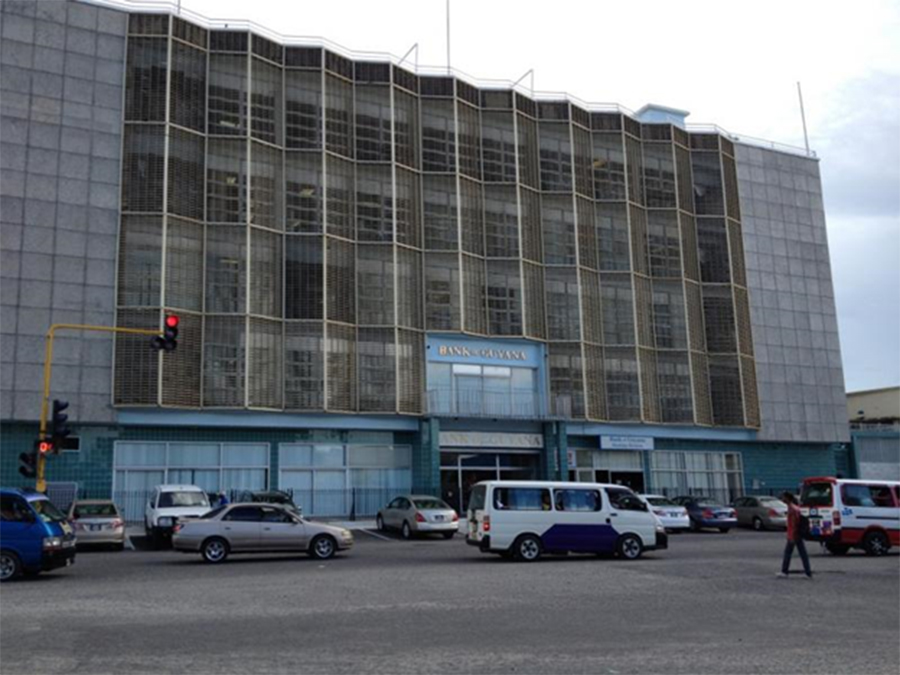By Rawle Lucas
All that glitters is not gold is an aphorism that appeared in Shakespeare’s Merchant of Venice. Gold, as well, has been a store of value from time immemorial so that even some imitations of the metal still have some kind of value attached to them. The term fools’ gold seeks to make the point about just how easily people are sometimes inclined to be deceived by outward appearances. In this the age of all forms of manipulation the caution about taking things at face value also applies to information that we may secure from one source or another.
Recently, Guyanese were presented with a report on the performance of the economy from January to June 2023, The Half-year Economic Report. The Report informed Guyanese that the economy had grown by 59.5 percent during the first half of 2023. and the President was happy to be the presenter of the news. The growth was led by the oil and gas industry. When this was excluded the Report informed that the non-oil economy had grown by 12.3 percent, nearly three times the accustomed before the advent of oil.
Mining and quarrying, construction and professional services stood out alongside oil though these revealed a bias towards spending on fixed assets. This circumstance may well have raised doubts about the true extent to which the economy had actually grown.
Amidst the injudicious oversight of the oil industry and the emerging audit scandal tagged on to it, the diagnosis of the country’s economic pain starts with understanding the impact that the oil industry has on the economy. With a growth rate of 98.4 percent in the first half of the year, the oil industry is responsible for about 70 percent of the money flowing through the economy. The government in its GDP report tells Guyanese that 28 industries are important to the goods and services that we consume, to the jobs that we do and the money that we earn. If the oil industry is generating 70 percent of our money, then the remaining 27 industries contribute 30 percent (an average of 1.1%) of the money flowing. If your existence in Guyana does not connect you to the oil industry, the construction industry or the quarrying industry, then you are missing out.
Money follows money and it is to be expected that a larger share of the non-oil resources will continue to gravitate towards the oil industry. More land, more labour and more capital will recognize that the glitter in the oil industry is real and will seek inclusion therein. Luxury consumer goods will enter the market to take advantage of the burgeoning per capita income. The consequence is that the non-oil economy will become smaller. Even small rises in prices leave underpaid workers in agony. For them, inflation is not a debatable macroeconomic issue, it is a choice of where to live, how many meals to eat per day, what to put in the kids’ lunch boxes, how to get to work, what clothing to wear, where to seek medical care and how to maintain or improve one’s appearance. To appreciate this impact more, we must just look at the relative changes that have taken place in the economy over the past four years.
In 2020, the oil industry contributed 38% to the output of the country. In 2021, the contribution grew to 48%. In 2022, oil’s share of the economy grew to 64 percent. According to the half-year report, the oil industry now accounts for nearly 70 percent of the economy. One anticipates that by the end of 2023, oil’s share of the economy will be closer to 80 percent of the economy.
Prior to oil becoming a part of the production structure of the economy, the ‘other crops” industry was the largest industry in the country. In 2018 and 2019, it was responsible for 16 percent of Guyana’s output. The 2023 half-year report tells us that the “other crops” industry now accounts for five percent of output. The dominance of oil is so great that 13 of the 28 industries each contribute less than half of one percent to the economy. That means that a dwindling share of the money flowing through the economy passes through those industries. The approval of more oil production plans to get us to 1 million barrels per day to secure bragging rights as an oil producer will spell economic disaster for the industries that are marginal to the flourishing oil industry.
As we try to decipher the half-year performance of Guyana’s economy, the other disturbing observation relates to the many industries that record a reduced growth rate. Significant declines in the growth rate were recorded in the forestry, food services, “other crops”, and ‘miscellaneous’ industries. The growth rate in the retail sector also suffered a decline. Other industries in which the growth rate declined were the retail industry, the transport industry, the education industry, the healthcare industry and the entertainment industry. In other words, the speed at which earnings might have occurred in the first half of last year for those industries did not happen this year.
Piecing together information from the 2012 Census Report, as many as 145,000 workers are likely affected by the slower growth. The half-year prudential reports of the Bank of Guyana confirm that less bank loans have been granted to households and to the retail industry-the place in the economy where many Guyanese seek their livelihood.






